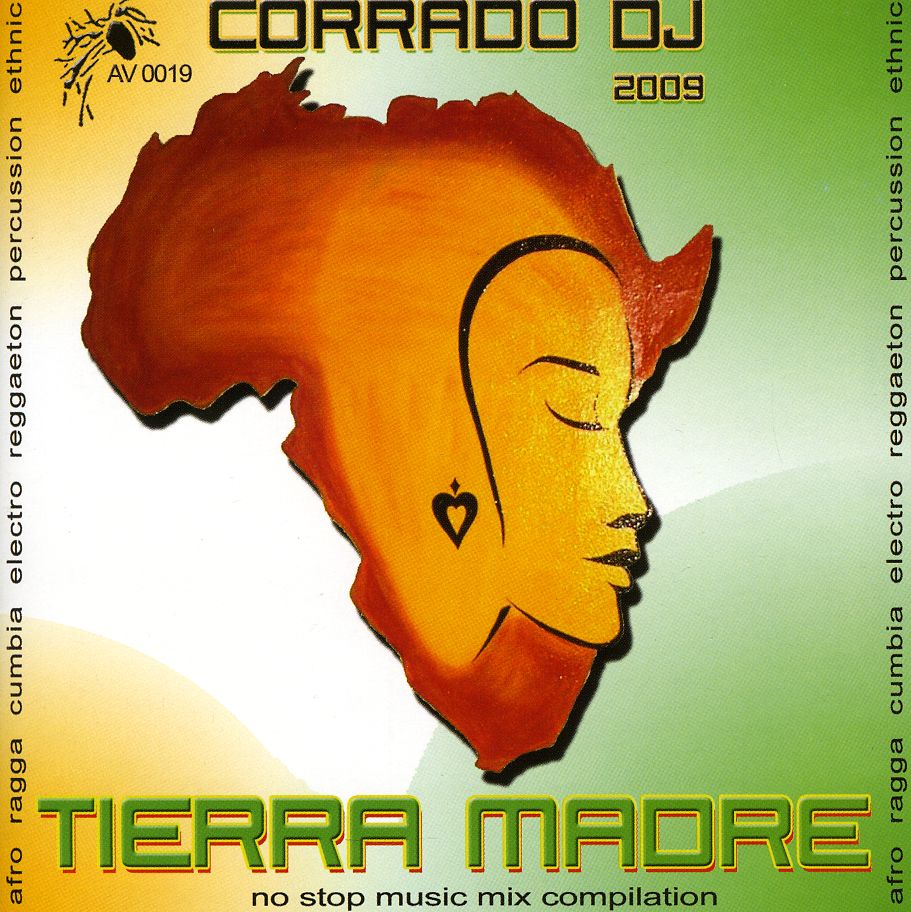
Bartolomeo, Mark
From 1880 to 1910, 20 million Europeans, including four million Italians, fled poverty and famine for the United States.
The overwhelming demand for unskilled labor and the desperation of people willing to risk the journey began a period of enormous migration from Europe to the United States. By 1840, the average mortality rate on ships transporting immigrants across the Atlantic Ocean to the U.S. was 10%. In 1847, 5,000 passengers died aboard ships carrying immigrants to the U.S. Still, many immigrants believed that surviving the voyage was better than their chances if they stayed in their hometowns.
Anti-immigration sentiment, World Wars, the Great Depression, epidemics, and participation in the dynamic second industrialization of America would alter the lives of immigrant families, advancing some and creating disappointment for others. Along the way, the Catholic Church played a decisive spiritual and social role in the families of immigrants. The book describes how the universality of the church provided consistency across country and community borders.
The non-fiction, historical narrative about the Giovanni and Rosaria di Bartolomeo family, Giovanni's Last Shoe, begins in 1696 and details Giovanni and Rosaria di Bartolomeos' immigration from Torre de Passeri, Italy, through Ellis Island, Brooklyn, New York, and Jersey City, New Jersey to Baltimore, Maryland.
The author traces the immigrants' journey and provides a thoughtful exploration of the political and social conflicts and challenges that immigrant families would need to overcome.
Giovanni's Last Shoe provides the reader with 325 years of ancestral history supported by historical documents, illustrative maps, and first-person accounts.







